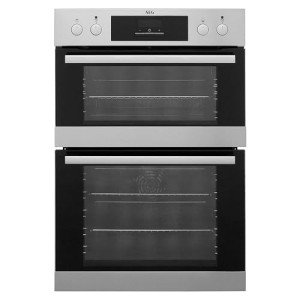Comprehending the Built-In Range: A Deep Dive Into One of the Most Versatile Programming Features
The built-in function range() is one of the most commonly used functions in shows, particularly in Python. Its simplicity and adaptability make it an essential tool for designers, engineers, and information scientists alike. In this article, we will check out the basic aspects of the built-in range function, its syntax, usage cases, and some practical examples to assist you leverage its power in your coding endeavors.
What is the Built-In Range?
In Python, the range() function produces a sequence of numbers. It is often utilized for iteration, particularly within loops, enabling developers to perform a block of code a specific variety of times without by hand specifying each version.
Syntax of the Range Function
The range() function can take one, 2, or 3 arguments, and its fundamental syntax is as follows:
range( start, stop, step).
start: The starting point of the series (inclusive). If left out, it defaults to 0.
stop: The endpoint of the sequence (exclusive). This argument is needed.
step: The distinction in between each number in the series. If omitted, it defaults to 1.
Examples of Using Range.
Basic Usage: Using range() in a simple for loop to print numbers from 0 to 4:.
for i in range( 5 ):.
print( i).
Output:.
0
1.
2.
3.
4.
Specifying click the up coming article and Stop: You can define both a starting point and an endpoint:.
for i in range( 2, 6):.
print( i).
Output:.
2.
3.
4.
5.
Utilizing a Step Value: The step criterion allows you to manage the increments:.
for i in range( 0, 10, 2):.
print( i).

Output:.
0
2.
4.
6.
8.
Counting Backwards: The step can also be unfavorable, permitting counting down:.
for i in range( 5, 0, -1):.
print( i).
Output:.
5.
4.
3.
2.
1.
Practical Applications.
Repeating Over Lists: While utilizing range() is typical in for loops, it can likewise be useful for repeating over the indices of a list.
fruits = [' apple', 'banana', 'cherry'] for i in range( len( fruits)):.
print( f" i: fruits [i] ").
Output:.
0: apple.
1: banana.
2: cherry.
Creating Number Sequences: The function comes in handy for producing sequences of numbers, which you may need for algorithms or information adjustment.
number_list = list( range( 10, 21)).
print( number_list).
Output:.
[10, 11, 12, 13, 14, 15, 16, 17, 18, 19, 20] List Comprehensions: range() works magnificently with list comprehensions for more condensed expressions.
squares = [x ** 2 for x in range( 5)] print( squares).
Output:.
[0, 1, 4, 9, 16] Conclusion.
The built-in range function is an essential function in Python that provides a simple method to generate series of numbers, which can be used for a range of shows tasks. Whether you are dealing with loops, generating lists, or implementing algorithms, understanding how to utilize range() is important for effective Python coding. As you continue to check out the language, you'll certainly discover new methods to take advantage of this effective tool, making your programming tasks more effective and streamlined.
